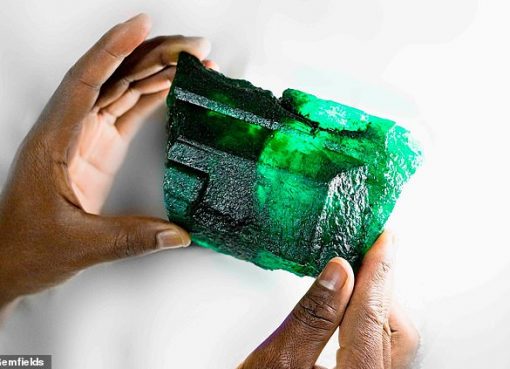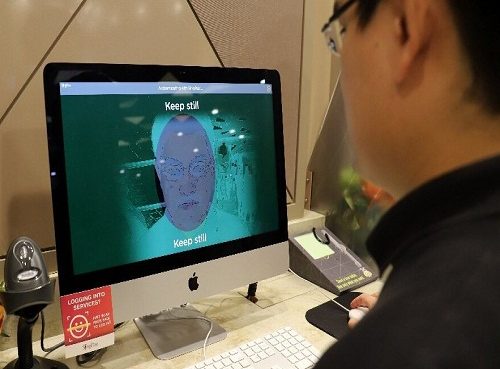Airport security queues could drop considerably and screening for weapons could become more effective after a British university was awarded €1.1m to develop a new method.
Dr. Okan Yurduseven from the Institute of Electronics, Communications and Information Technology at Queen’s University Belfast, has been awarded a Leverhulme Research Leadership Award to progress technology which he hopes will cut the time it takes to collect and process data through security scanners from 10 seconds to less than a tenth of a second.
In 2015, an investigation of the Transportation Security Administration in the US found that undercover investigators were able to smuggle mock explosives or banned weapons through checkpoints in 95 percent of trials.
Yurduseven explains: “When we arrive at the airport, everyone has to go through security clearance and body scanners which can take some time.
“When we walk through the scanner, it can take around 10 seconds to collect and process the data and reconstruct an image.
“It takes even more when the data is sent to a controller, who then manually checks it for illegal items. It can also add extra time when there are false alarms.”
Yurduseven continued: “While this may not sound like very long, we have to take into account the huge volume of people filtering through airport security every day and this causes huge queues.
“More worryingly is that the current system has been investigated and issues have been raised in terms of how many illegal items could go unnoticed.”
He adds: “This Leverhulme Research Leadership Award will allow us to create technology that is fully electronic, rather than manually operated, and this will allow the scanners to process the images in real time—we think the entire scan process should be complete in less than a tenth of a second.
“By integrating machine learning into the design process, we will substantially reduce the false alarm rates in detecting threat objects. The outcome of this project will be of vital importance to ensure the safety of the public right across the globe.
“In order to do this, we will use state-of-the-art millimetre-wave radar systems. We expect that the end result will be a much more effective system, leading to safer outcomes and reduced waiting times—so hopefully shorter queues at airports and other venues that use these scanners.”
Source: scitecheuropa










